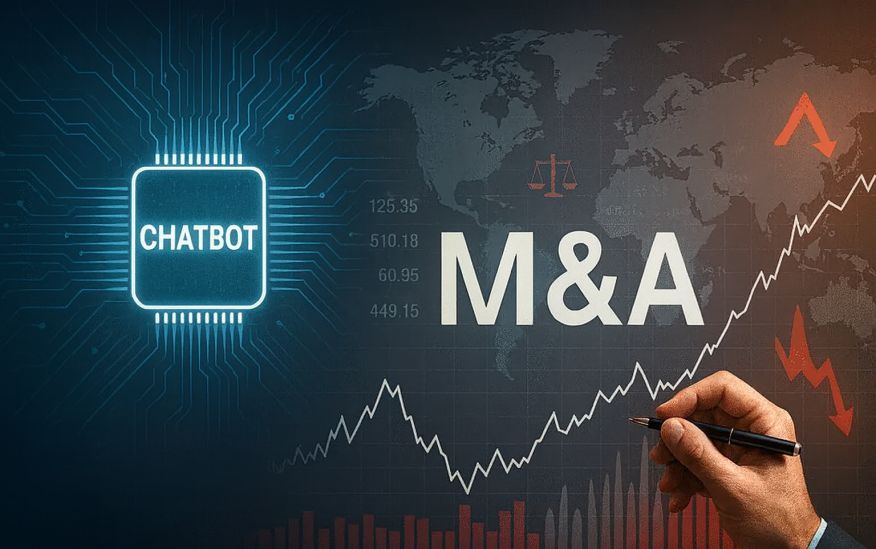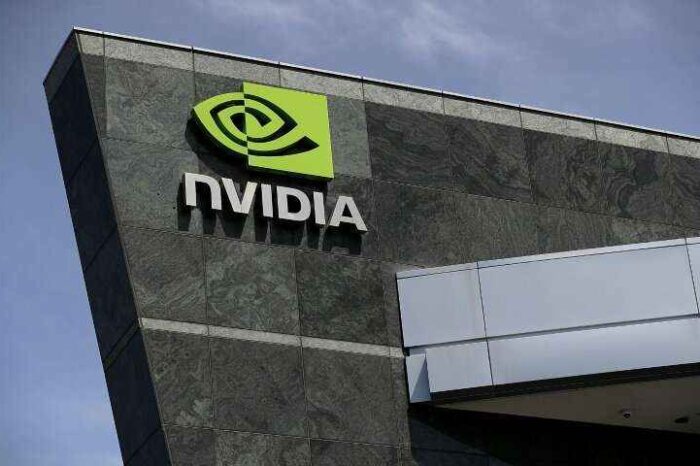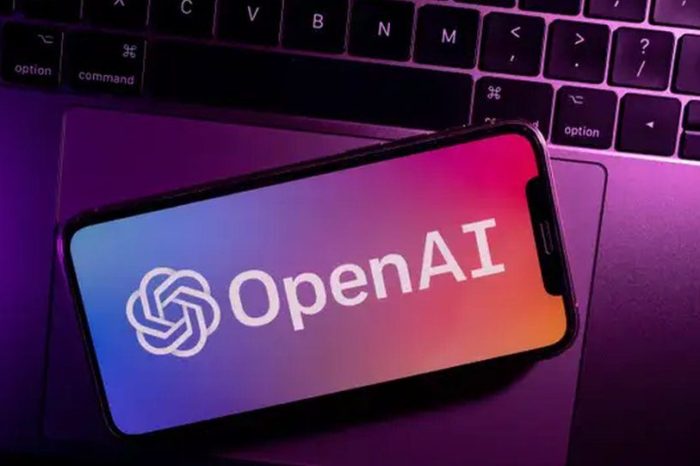AI is quietly eating the M&A advisory business and even Goldman vets are turning to chatbots to replace junior bankers

Late last month, we ran a story on 40 jobs most at risk of being replaced by AI. The piece was based on a Microsoft study ranking the roles most vulnerable to being taken over by machines. Some results were no shock — factory workers, data entry clerks, the kind of jobs automation’s been eyeing for years. But others hit a little closer to home: roles built around language and communication, like interpreters, translators, telephone operators… even historians.
And here’s the thing — those predictions might’ve been just the warm‑up. AI chatbots aren’t stopping at content creation, banking and finance, education, or the legal world. They’re starting to creep into one of the most exclusive corners of business: mergers and acquisitions (M&A). In this game, no sector’s untouchable.
For decades, the M&A world was a fortress guarded by two things: a banker’s personal network and an army of junior analysts grinding through endless research. Multi‑million‑dollar deals often hinged on those relationships — and plenty of sleepless nights. But as Aaron Holmes reported in a recent newsletter piece for The Information, that fortress has cracks. AI chatbot tools are stepping into the shoes of junior bankers… and sometimes doing the job faster and better.
The Old Way: Rolodexes and Late Nights
In the M&A industry, bankers’ most important asset has historically been their Rolodex. When boards decide it’s time to sell a business, they turn to M&A advisors to scope out potential buyers.
Traditionally, that meant junior bankers spending hours — sometimes days — researching and consolidating information, before handing it off to senior bankers. These veterans, armed with their institutional knowledge and networks, would narrow the list of acquirers to a handful of likely contenders.
The Shift: AI at the Deal Table
But that model is beginning to crack. AI research tools are proving remarkably adept at replacing much of that junior‑level work, particularly in researching potential buyers.
As Aaron Holmes reports, “the proliferation of AI chatbots appears to be changing that.”
Jay Jung, a former Goldman Sachs banker who now runs his own brokerage, Embarc Advisors, has already seen the transformation up close.
“It turns out AI is very useful in M&A work,” Jung told The Information. “It’s becoming commoditized. What used to take hours of work and knowledge that sat in some senior banker’s head can now be done by an associate using AI.”
His team pays for ChatGPT Pro subscriptions — $200 per seat, thousands a month — specifically for its Deep Research feature. They feed it proprietary data from platforms like Grata and PitchBook, combined with Embarc’s own buyer database, and let the chatbot map the market.
When a Denver-based IT services firm making under $30 million in revenue sought a buyer, Embarc’s staff asked ChatGPT to find active acquirers in the IT sector across Colorado and nearby states, then draft detailed buyer profiles.
“ChatGPT can do all of that in minutes,” Jung said, “and the result is better than what 60% of junior analysts can do.”
It doesn’t stop there. The same chatbot drafts letters of intent to potential buyers — though humans still proofread and send them to avoid costly mistakes.
Why This Matters: The Barrier to Entry Is Crumbling
The time savings are obvious. But the bigger shift is strategic: AI is eroding the moat that protected established M&A firms.
Jung sees it already:
“The barrier to entry is now really low. If I’m selling houses, what’s to stop me from saying, let me use AI to start researching how to sell companies instead because that’s better money.”
This isn’t theory — it’s happening. Real estate brokers, private wealth advisors, and even independent consultants are dipping into M&A advisory work, armed with AI research tools that used to cost millions in manpower.
Beyond M&A: Consulting’s Parallel Disruption
The trend doesn’t end with bankers. Consulting firms are facing the same threat.
McKinsey, for example, has rolled out 12,000 AI agents since 2023 to handle everything from drafting PowerPoint decks to producing research reports. Over the same period, the firm cut its headcount by roughly 11%, down to 40,000 employees.
Other firms are preparing for similar moves. An EY executive told The Information earlier this year he expects AI to shrink the company’s IT and HR teams. The reason is simple: AI agents are already faster and cheaper at tech support, document summarization, and operational research.
The New Playbook for Survival
The lesson from Holmes’ reporting is clear: AI isn’t nibbling at the edges — it’s tearing straight into the core of white‑collar workflows. What once required legions of junior staff and years of industry seasoning can now be replicated by a well‑trained chatbot in minutes.
In M&A, that means:
-
Junior roles are being redefined — shifting from painstaking manual research to “AI orchestration,” where success comes from prompting, validating, and refining machine‑generated intelligence.
-
Smaller firms suddenly have teeth — with the right blend of public data, proprietary sources, and AI, they can hunt in the same waters as billion‑dollar legacy banks.
-
The moat has collapsed — relationships still matter, but speed, agility, and AI fluency now decide who wins the deal.
As Jung’s experience proves, AI doesn’t just make the process faster — it changes the competitive map entirely. In an industry where fortunes are made on speed and access, this is more than efficiency; it’s a re‑shuffling of who gets to play, and who gets left behind.
Industry Watch: AI’s Broader Takeover of Finance & Advisory
1. Wall Street’s AI Assistants Are Going Firmwide
Goldman Sachs has rolled out its GS AI Assistant across its 46,500‑employee base. It handles research, drafting memos, and summarizing documents — tasks that once kept entire analyst teams busy. JPMorgan and Morgan Stanley have deployed similar systems (“LLMSuite” and “Debrief”) that automatically prepare meeting notes and pitch deck drafts.
2. AI‑Native M&A Platforms Are Already Live
Startups like OffDeal operate as “AI‑native investment banks” for small and mid‑market deals ($10M–$100M). With teams under 10 people, they automate deck creation, buyer targeting, NDA tracking, and bidder outreach. Humans only handle negotiation and strategy — a lean model that traditional firms can’t match.
3. Consulting Is Cutting Deep
McKinsey’s 12,000 AI agents have coincided with an 11% headcount drop since 2023. EY executives expect IT and HR teams to shrink as AI takes over routine operations. While not all cuts are directly tied to AI, the correlation is hard to ignore.
4. Entry‑Level Finance Jobs Are at Risk
Bloomberg Intelligence projects AI adoption could reduce entry‑level finance hiring by up to 30% within five years. The biggest hits will be to roles heavy in repetitive research, data prep, and slide creation.
5. The Skills That Will Survive
According to the CFA Institute, the finance professionals least at risk are those who combine industry expertise with client‑facing skills — empathy, persuasion, and judgment — plus the ability to “prompt engineer” AI for better output.
Credit: Original story by Aaron Holmes in The Information’s Applied AI newsletter.




